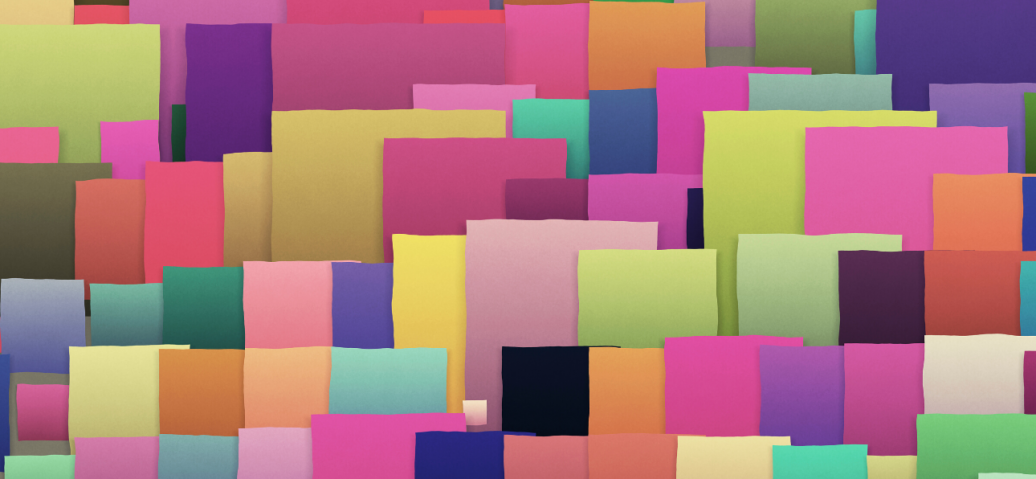In part one of this blog series, we focused on scalability and performance improvements with the introduction of offload compositing. In this post, we’ll focus on our new User Personalization Layers — a new, integrated technology that captures user customizations and can easily be deployed via Citrix Virtual Apps and Desktops.
Expanding on our initial release of User Layers in 2017, User Personalization Layers (UPL) are writeable elastic layers that enable IT organizations to provide a persistent experience to users logging into non-persistent machines. Built entirely using Citrix App Layering technology, UPL is the first App Layering feature we’ve released that is a native component of Citrix Virtual Apps and Desktops. Aimed to be a true Personal vDisk (PvD) replacement, UPL uses the same underlying technologies that enable User Layers today, without having to maintain new infrastructure or images.
Deployment and Configuration
Deployment and configuration of User Personalization Layers are quick and easy. The only infrastructure requirement is a Windows file share local to the VDAs for storing the user layer disks. The UPL feature itself is an optional component within the VDA meta-installer.
To enable and configure the feature, two new custom policies have been added to Citrix Studio: UPL Repository Path and (optionally) UPL maximum disk size. Bind these policies to the delivery group you have created that will be assigning UPL-enabled machines to your users, and you’re done!
When the users log into their machines, a writable user layer will be attached or created on the fly. When the user logs off, the user layer is detached from their image. When the user later logs back into a different desktop in the pool, their layer is reattached giving them instant access to their installed apps and data. This enables a persistent user experience with minimal IT overhead.
Here’s a detailed look of the individual components required to set up UPL:
Configure an SMB file share — UPL can utilize any storage solution that supports SMB 2.0 or later, using Active Directory file and folder permissions such as a standard Windows file share.
Include the UPL component when installing the 1912 VDA in the master image — The VDA includes a new optional component that will enable the services and drivers required for user layers to attach and mount inside the VDA:

Create Studio policies to configure and enable user personalization layer — Two new Studio policies have been introduced in Citrix Virtual Apps and Desktops 1912 LTSR that will enable the UPL feature to work.
The policies can be enabled and assigned to a delivery group, which propagates the necessary changes to enable UPL out to the VDAs:
Once the policies are enabled and assigned to a delivery group, users logging into their workspaces will have a persistent and seamless experience with all the apps and data they stored in previous sessions, regardless of which VDA they logged into.
Benefits and Use Cases
UPL provides the following benefits over (now deprecated) Personal vDisk:
- UPL is “next gen” technology and can be deployed with Cloud.
- UPL supports modern releases of Windows 10.
- UPL layers attach instantly and in real-time.
- When UPL machines are updated, there is no lengthy inventory process as is the case with PvD.
- UPL will support both pooled-static and pooled-random machine catalogs.
You might be asking if this feature will be replacing User Layers in the full App Layering product lineup? The answer is definitely, “No!” We believe that using App Layering to layer your entire image is still the best approach to dramatically reducing IT time and effort, while ensuring the best compatibility and stability of your applications. However, we want to give our customers who have not been able to make the leap into the world of App Layering a way to see how powerful this technology is!
Things to Know
- UPL is only supported with Windows 10 64-bit images.
- Best practice is to apply updates to the OS within the same master image used when creating the machine catalog.
- Any boot time drivers should be applied within the master image.
- You cannot update the machine catalog with an image running a new OS install unless it is the same or later version of Windows 10.
- Deploying UPL with persistent machine catalogs or session hosts is not supported.
- Migrating PvD workspaces to user personalization layer is not supported. User data stored in PvD workspaces should be manually copied to new user personalization layer machines.
- Migrating existing user layers from the full App Layering product to UPL is not supported.
Availability
UPL for Citrix Virtual Apps and Desktops is available today as a compatible component of the 1912 LTSR release.
In Conclusion
In this blog series, we’ve explored powerful new App Layering technology that we believe will bring tremendous value to our customers and help them streamline management of complex workspace solutions. If we look back at our three main areas of focus — integration, performance, and scalability — the future starts to come into focus. Deeper integration of App Layering into Citrix Cloud is important to our roadmap, and the steps we’re taking now will enable this transition:
- Simplifying the experience of App Layering for our customers by reducing the reliance on standalone components
- Technology rewrites to scale better, perform faster, and operate more efficiently
- Enabling new hybrid-cloud ways for customers to manage their Citrix-managed workspaces, designed to enable delivery of applications to users at lower cost, with high scalability
These are all key steps towards our broader goal of making App Layering the application delivery engine for all of Citrix Cloud because, at the end of the day, it really is still all about apps and the users who need them!
